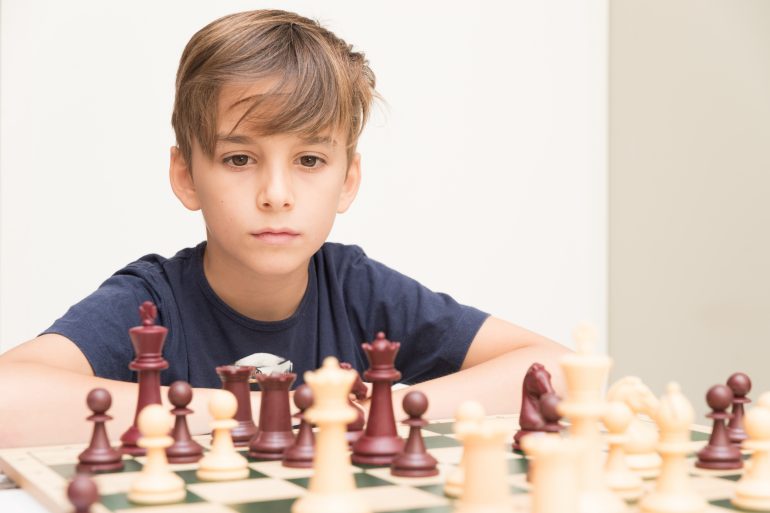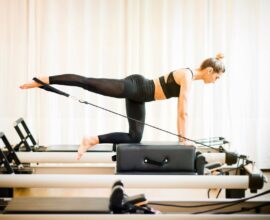Chess rules: everything you need to know to play
Chess rules: why playing chess is good for your health
Children dream of many different things: some want to become water sport champions, some hope to one day to wear the shirt of a famous soccer team like the Chelsea Football Club, and some want to learn the secrets and rules of chess to be able to challenge great masters like Karpov.
Sport is good for the health of both the mind and the body, learning the rules of chess is an excellent workout which improves brain activity and stimulates both creativity and memory.
Scientific research demonstrates how playing chess contributes to cognitive development, how it improves concentration and problem solving ability, how it helps maintain control and teaches respect for rules and supports socializing and integration processes.
The word scacchi — the Italian name of the game, comes from escac, a Catalonian term which comes from the Persian word shāh, meaning king in Italian. It’s a strategy game involving a square chessboard set on a table which is divided into 64 square boxes of two alternate colors.
There are two players who have 8 pawns each, 2 towers, 2 bishops, 2 knights, 1 king and 1 queen, making a total of 16 white pieces and 16 black pieces. The game’s objective, recognized by the international Olympic committee, is to check mate the adversary, meaning attack and capture the king of the other player to claim victory.
The rules of the game are established by the international chess federation, also known by the French acronym FIDE, the organization coordinates various national federations, its main seat is in Athens.
Chess rules are few and easy to understand, but it’s necessary to practice a lot and strategize far in advance in order to beat adversaries.
Chess rules: what do the ancient rules of this strategic game involve
Chess was invented in India in the VI century and was brought to Europe around the year 1000 by the Arabs. The regulations, as we know them today, date back to the XIX century, meanwhile, in the second half of the 19th century, American chess player Paul Morphy and Wilhelm Steinitz, the first chess world champion, started to define the strategic elements characteristic of the game.
Chess rules define the precise movement of each piece on the board. The player moving the first piece is he who has the king on the right of the queen and is proclaimed white therefore the adversary will be black. The opening, middle game, and ending are the three phases of each match.
According to the regulations, no piece can occupy a square already occupied by another piece. On the contrary, a piece can push itself into a square occupied by an adversary piece thus eliminating it and taking its place on the board. This move is called a “take or capture”, therefore, when a piece “attacks” or “threatens” the opposing side it means it can move over the lane of squares to it.

Chess rules: how the pieces move on the chessboard
- Pawns: the first move allows one of the two sides to go forward only if the final square and path to it are free. If by moving the pawn it remains beside an adversary pawn, this last one can effect a capture en passant (or taken in passing). The pawn can only move one or two squares in its first move and thereafter one square in the next moves. Differently from other pieces it cannot go backwards and it can only capture adversaries by moving diagonally or forward. When a pawn reaches the eighth crossbar, the player can choose to promote or substitute it with any piece of the same color.
- Knight: can move and capture both in the black or white boxes, ideally its movements create an “L”. It is the only one out of the 16 pieces which is allowed to “jump” the allies and the adversaries even when behind pawns it can be moved without disturbing them.
- Bishop: can be moved diagonally in relation to the number of free squares available and its square of arrival cannot be occupied by an ally.
- Castling: the castle can move both vertically and horizontally in relation to the free squares in front and beside it. If none of the other pieces create an obstacle for it, no matter the position, the Castle always rules a lane of 14 squares. It is the protagonist, with the king, of a particular move known as Casteling, the only one allowed to move contemporarily two pieces and allow the king to move two squares.
- Queen: the strongest piece, in the past it was called the “general”, “strategist” or “vizier”. It can move vertically, horizontally or diagonally in relation to the free squares available and each move can be made based on the decision of emulating either a bishop or a castle. In comparison to the Castle, it cannot effect a castling move.
- King: is the most important piece out of the 16, it can move in any direction but one square at a time if the box of destination is not threatened by an adversary piece. The king is allowed to capture adversary pieces by moving over their box and can do a castling move just like the Castle. When the king is threatened it is called check. CheckMate is a situation in which the player cannot defend their king with other pieces or move it to a free or unthreatened square to save it from the adversary. The player that uses this move closes the game and claims victory.
This year at Forte Village children and adults will learn chess rules with Anatoly Karpov. Would you like to have an unforgettable vacation in a dreamlike location and join the Chess Academy? Discover Forte Village Resort in Sardinia.






